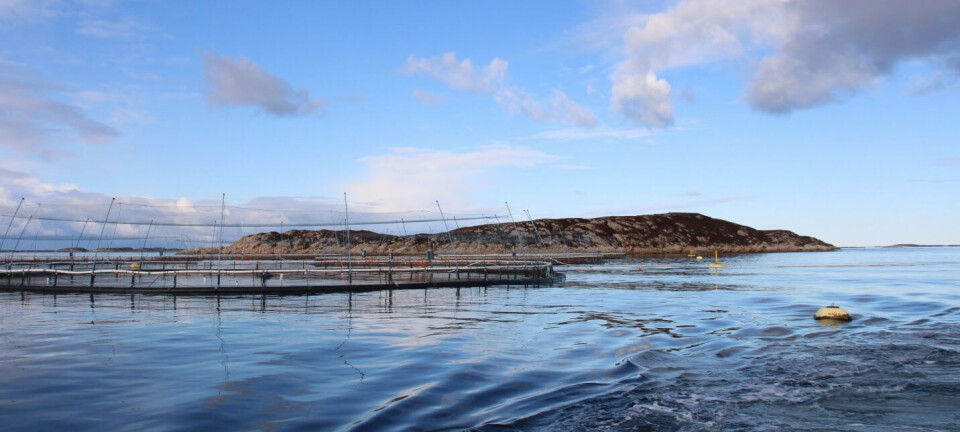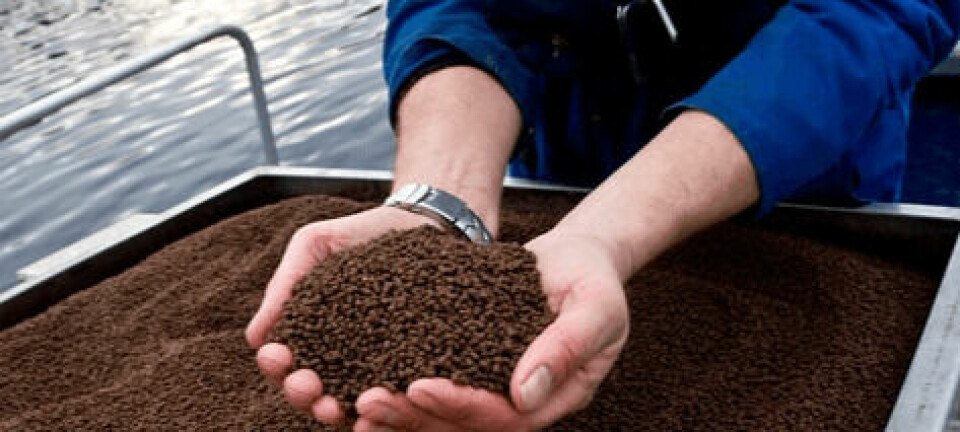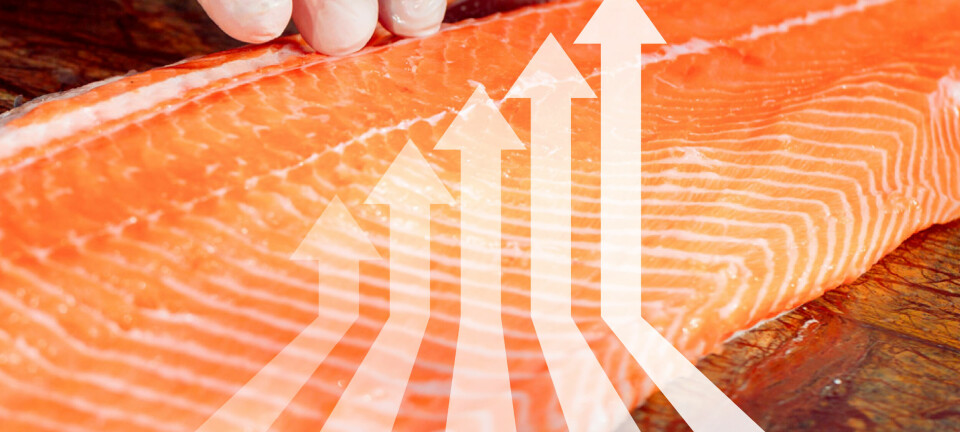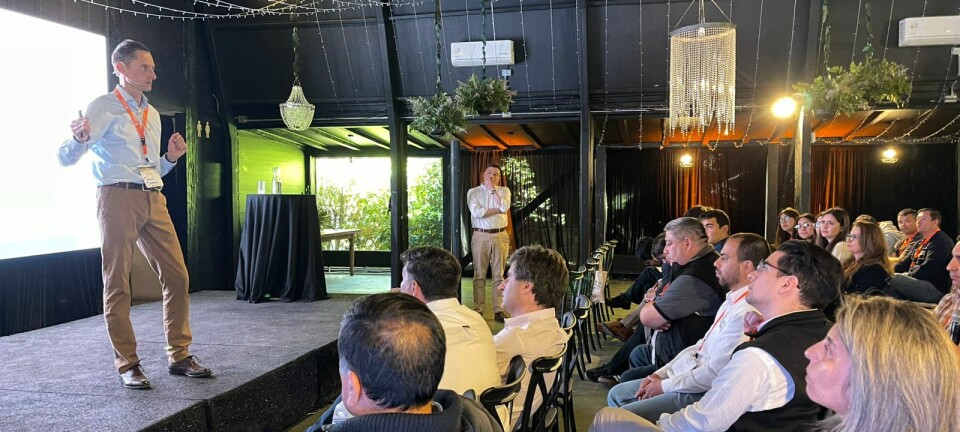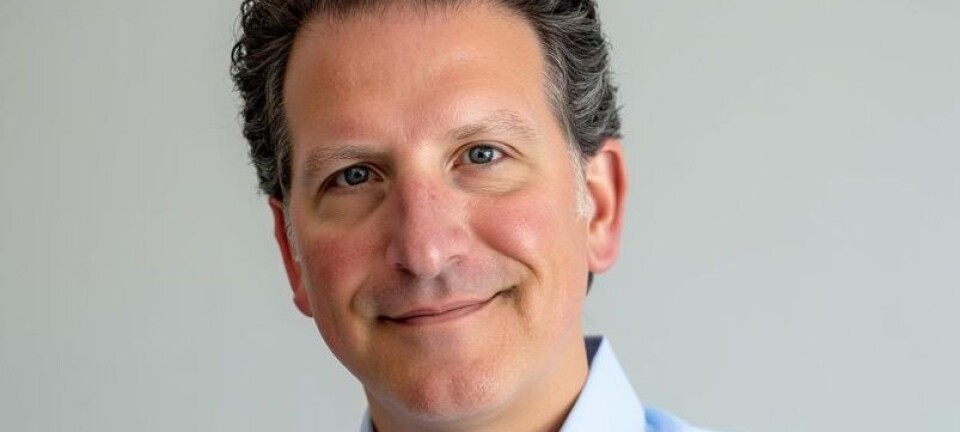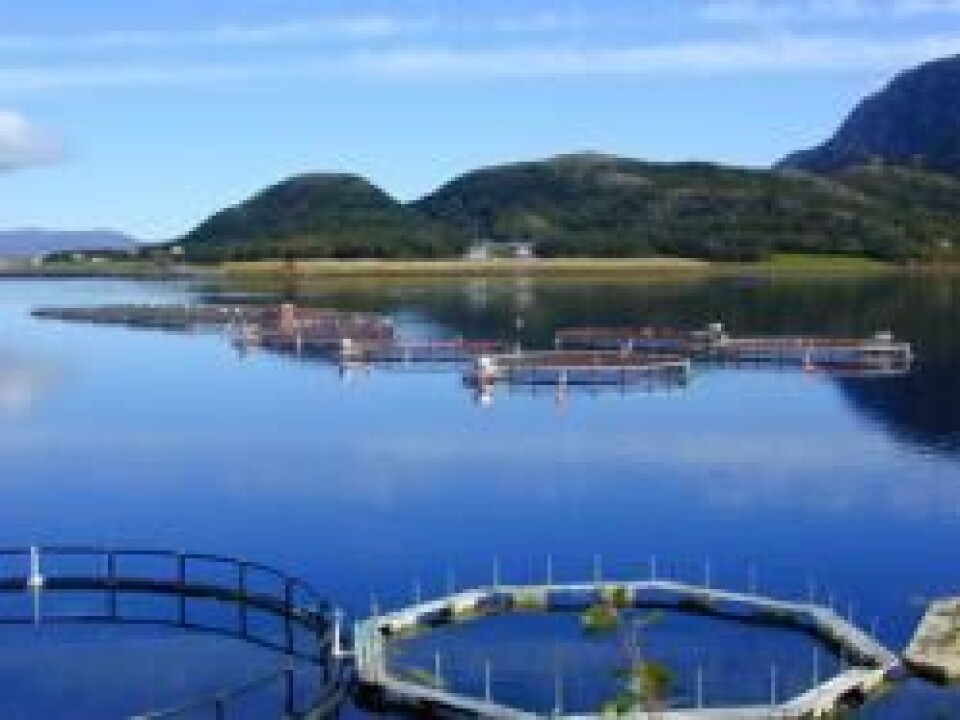
Norway assessing fish farming risks
It would have been good if the scientific community in Canada could work with the industry, the various levels of government in charge of aquaculture management, other resource users and the environmental community to identify real issues of environmental concern within the increasingly important aquaculture industry and to set goals for improvement. The current situation is too often dominated by infighting and fingerpointing in an environment of controversy and infighting between the various sectors. The environmental movement is not making headway because there are too many extreme segments within the ENGO community, causing the deterioration of the credibility and this the efficiency of the broader sector.
In a recent release by the Norwegian Institute of Marine Research, the internationally recognized scientist Geir Lasse Taranger explains the work his organization is doing in addressing the environmental issues of potential concern regarding the Norwegian salmon farming industry- issues that may be quite different in other jurisdictions;
| The sustainability of the Norwegian aquaculture industry between Rogaland and Troms is being challenged by infection pressure of sea lice on wild salmonids and the possible genetic impact of escaped salmon. However, it is low likelihood of eutrophication and organic overload on a regional scale. These are the main conclusions of The Institute of Marine Research’s review of the latest available information on environmental impact of Norwegian aquaculture. The report "Risk assessment – environmental impacts of Norwegian fish farming" suggest and evaluate specific environmental goals for infection rates, genetic impact on wild fish, eutrophication, organic load and use of medicines. These goals are based on the strategic aims defined by the Ministry of Fisheries and Coastal Affairs in its 2009 "Strategy for an Environmentally Sustainable Norwegian Aquaculture Industry". As far as is allowed by the data and general information available, a county-by-county assessment has been carried out of the current environmental footprint in terms of the impact on wild fish and the ecosystem in general. The risk assessment concludes that sea lice infections on wild salmonids and the genetic impact of escaped farmed salmon are the biggest current problems associated with the aquaculture industry. Geir Lasse Taranger, a senior researcher at IMR and the project manager for the report said: "We estimate there to be a medium-to-high probability that the environmental impacts of the aquaculture industry conflicts with the goals of the government’s sustainability strategy along large parts of the Norwegian coast, in the sense that the environmental goals have not yet been met in most of the counties. This is based on suggested thresholds and indicators for impacts on wild fish and ecosystem. We also believe that if sea lice develop resistance to a number of the most commonly used treatments, the situation may deteriorate further." There is currently insufficient data to calculate a specific estimate of the risk of farmed fish infecting wild fish except in relation to sea lice, although a number of infections carried by farmed fish are potentially a threat to wild populations. "We have looked at the medicines used in the Norwegian aquaculture industry. Some of the ones used to treat sea lice infestation needs to be studied more in detail for their environmental impacts before we can conduct a more precise risk assessment," explains Taranger. Between Rogaland and Finnmark the probability of regional eutrophication and organic overload are considered to be low. "The mandatory monitoring of sites also shows that the situation is also generally good in terms of the local impact of organic material. Only two of more than 330 surveyed sites were found to be in poor condition," says Taranger. The Institute of Marine Research proposes reviewing the risk assessment annually, with the aim of adjusting its scope and details in collaboration with the relevant authorities. |




















